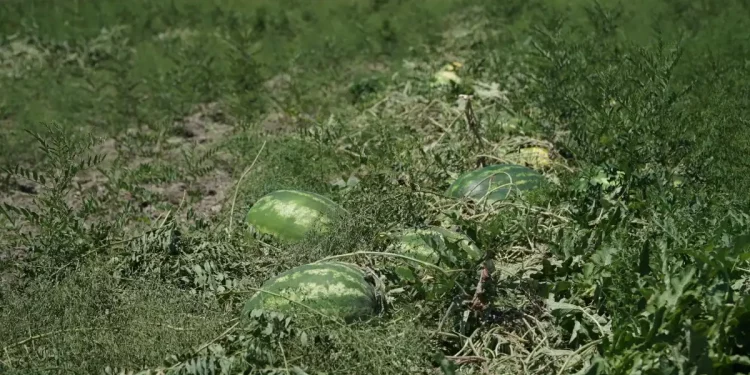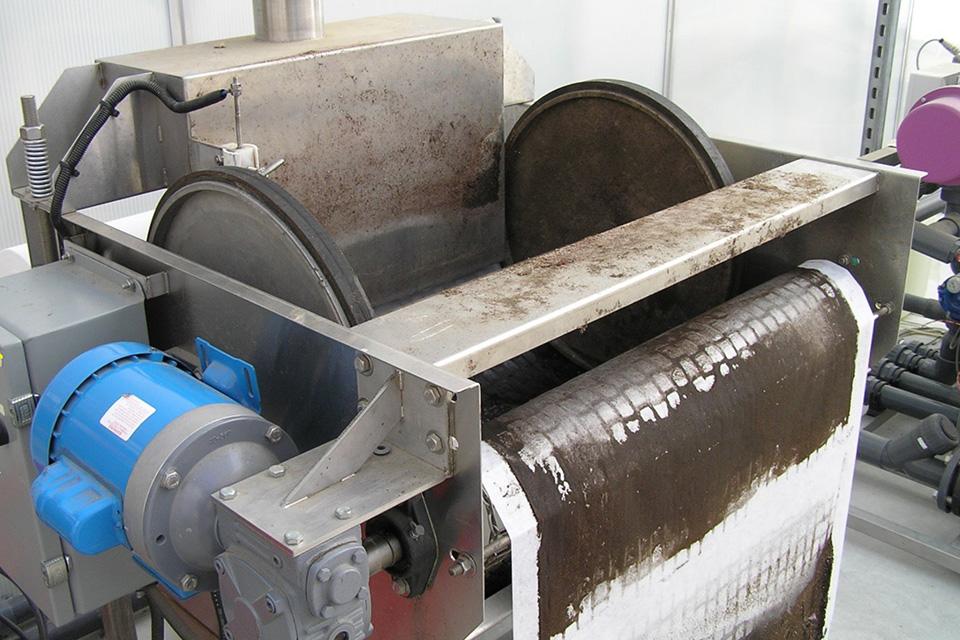In this article, we delve into an exciting agricultural development in Dagestan, where farmers have successfully embarked on watermelon cultivation using grafted seedlings for the first time. Discover how this groundbreaking technique is transforming the region’s agriculture, boosting yields, and captivating the attention of farmers, agronomists, agricultural engineers, farm owners, and scientists across the industry.
Dagestan, a land of diverse landscapes and agricultural potential, has recently made headlines in the agricultural world for a groundbreaking initiative that could revolutionize watermelon cultivation. According to the latest data from GlavAgronom (https://glavagronom.ru/news/dagestan-vpervye-nachal-vyrashchivat-arbuz-s-ispolzovaniem-privitoy-rassady), the region has successfully adopted the practice of growing watermelons using grafted seedlings for the first time.
Traditionally, watermelon farmers face numerous challenges, including soil-borne diseases that can devastate entire crops. However, with the introduction of grafted seedlings, Dagestan’s farmers are witnessing a remarkable increase in disease resistance, resulting in healthier plants and enhanced yields. This pioneering technique has sparked excitement and interest among farmers and experts in the field.
The grafted seedlings combine the robust root system of one watermelon variety with the disease-resistant qualities of another, leading to improved plant health and increased fruit production. As a result, farmers in Dagestan are now reaping the benefits of this innovative approach, experiencing significant yield boosts and economic gains.
Moreover, this breakthrough in watermelon cultivation is not only confined to Dagestan but holds tremendous potential for agricultural practices worldwide. As farmers and agronomists witness the success of grafted seedlings in Dagestan, the adoption of this technique could potentially spread to other regions facing similar challenges, paving the way for more resilient and productive watermelon crops globally.
In conclusion, Dagestan’s pioneering efforts in growing watermelon using grafted seedlings mark an extraordinary breakthrough in agricultural practices. This innovative technique has the power to transform watermelon cultivation, empowering farmers to overcome disease-related obstacles and achieve remarkable yield improvements. As more regions embrace this method, it could drive positive change and prosperity in the agricultural landscape, captivating the attention of farmers, agronomists, agricultural engineers, farm owners, and scientists worldwide.
Tags: Agriculture, Watermelon Cultivation, Grafted Seedlings, Disease Resistance, Agricultural Innovation, Crop Yields, Dagestan Agriculture, Farming Techniques, Global Agriculture.











